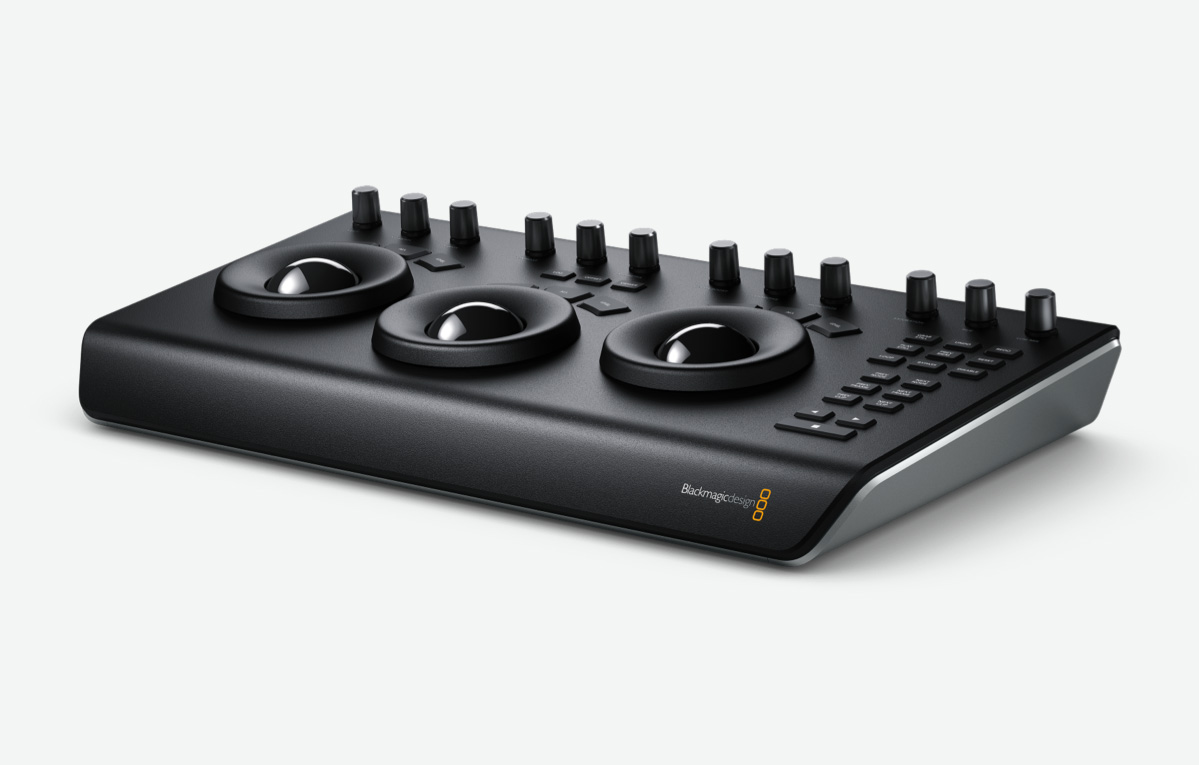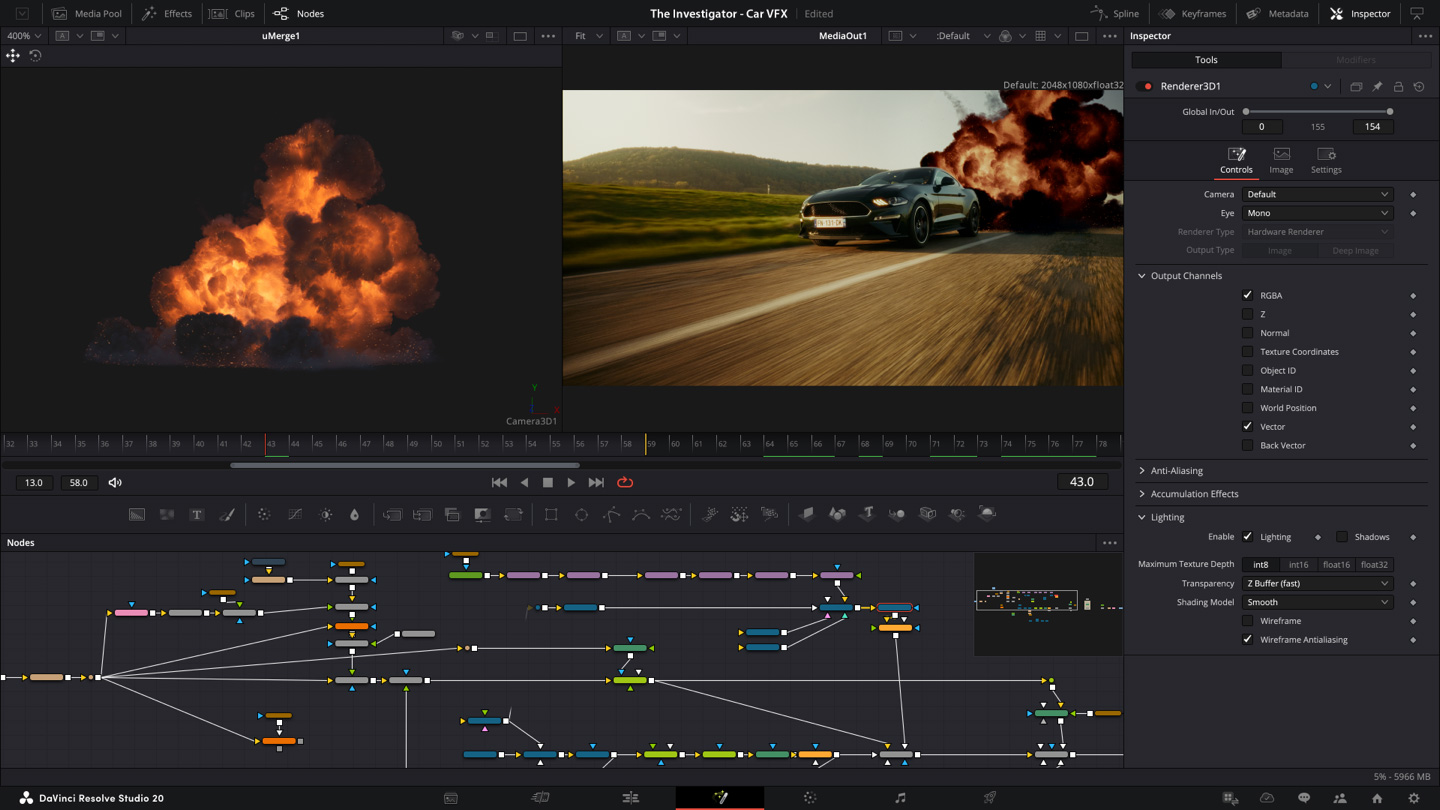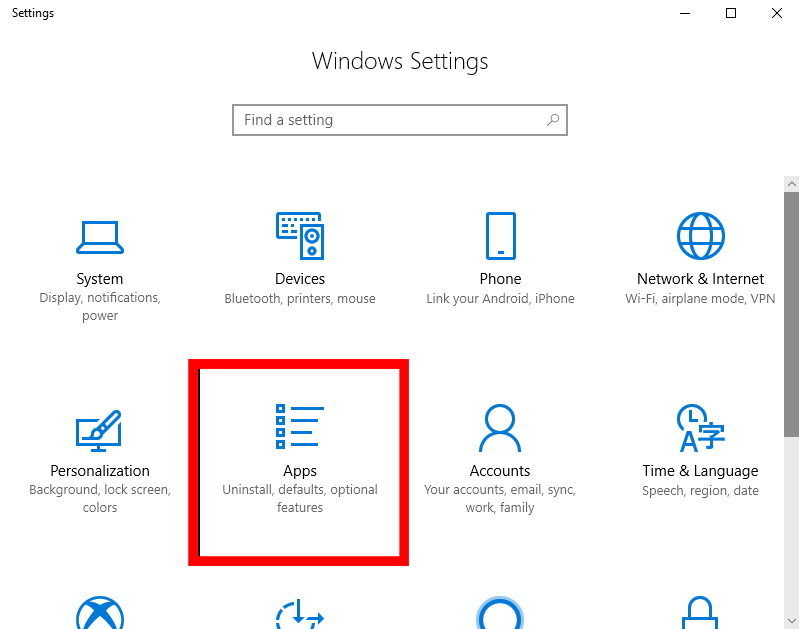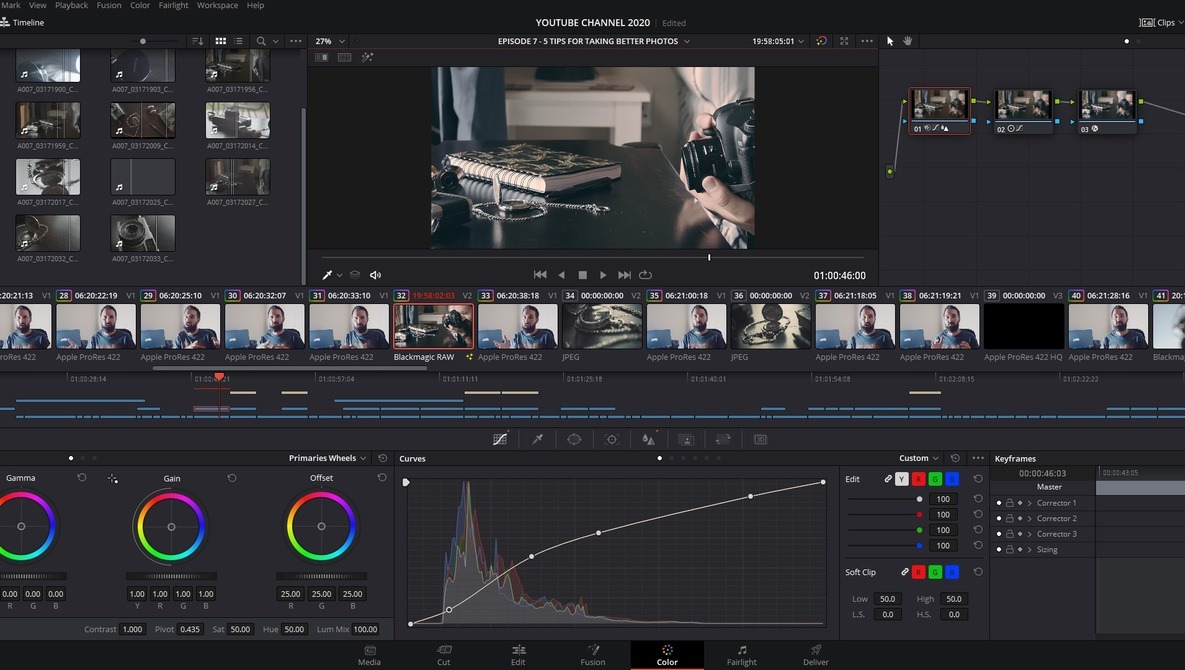

We can also use the color page’s gallery to export a still, and then import it into the project for a Premiere-like export frame function. You can move the second speed point to extend the duration of the freeze frame, and in a ripple edit fashion, an increase in the paused region will increase the overall length of the clip. And from your playhead position, you’ll now have two-speed points, along with a region set to 0%. Position your playhead where you want the freeze frame to start, and open the drop-down menu. Select Freeze Frame. They’ll open when you click the arrow next to the percentage marker. Right-click on your media clip and select retime controls.Ī set of arrows will appear below the video clip with a new drop-down menu for the retime controls. So, if you hit Shift + R in the middle of the clip, it’ll still freeze everything before it, so use sparingly.

This is the caveat in comparison with Premiere’s still capture function.

You need to select the clip so it’s outlined in red, place the playhead where you want the clip to freeze, and hit Shift + R. With the change clip speed dialog box open, select Freeze frame, and you’ll now have a still that you can extend to the length you need.Īlternatively, and if the moment calls for it, you can use the freeze frame command to freeze an entire clip. Right-click on the freeze frame and select change clip speed. This should leave you with a clip length of one frame. Then move one frame forward, and make another splice. Here are three methods you can use to get a still of your video footage to create a pause.įirst, head to where you want to begin the pause, and using the blade tool ( B), create a splice. Premiere also has a hold frame function, but the export frame function was more beneficial in many situations. In Premiere Pro, it was a simple task: hit the camera icon, save the still, and if you checked Import into project, the still would even import into your project folder, allowing you to create an invisible pause in a matter of seconds. I would need to pause the screencast to give my audio a moment to catch up. While it’s brought several new features to the forefront, I do miss one function from my adventures with Premiere Pro-the export frame function.Ĭreating stills or pauses in Resolve is slightly more involved.Īs a creator of screencast tutorials, there are moments when I need to pause while I explain something-or perhaps I’ve skipped too far ahead in the video recording, but I’m still explaining something from the previous tip. Initially only used for color grading, it’s since become a powerhouse for editing, audio, and VFX.

In 2016, DaVinci Resolve went from being the acquaintance application I barely knew to the software that I opened every day. DaVinci Resolve to the rescue! Learn three techniques you can use for capturing a still or creating pauses in your next project.


 0 kommentar(er)
0 kommentar(er)
